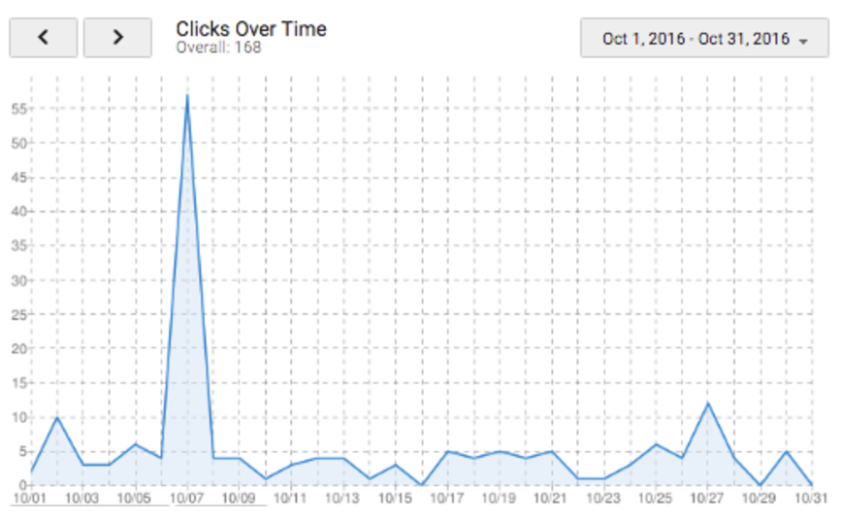Check out PPC Hero’s Ultimate Guide to How to Detect Click Fraud
Ad fraud is an eternal struggle that we as PPC and Programmatic specialists contend with on a daily basis. Not only will ad fraud cause issues with your reporting and interactions with clients about poor performance, but also your marketing budget. This post will talk about how to identify bot traffic and how to prevent it.
What Is Ad Fraud?
In 2016, AdAge estimated that Non-Human Traffic (Bots) are costing the industry about $7 billion a year…$7 billion. Putting that into perspective, that is 7 times what Facebook paid for Instagram.
The most common type of ad fraud is what is known as non-human traffic or bot traffic. In this scenario, sophisticated computer software scrapes and scans the web, copying traditional user behavior. These bots trigger impressions, click on ads, or visit your site and bounce immediately. Fraudsters then typically create clusters of fake sites, where they will serve ads based on the cookies they have collected, in particular, targeting advertisers willing to pay higher CPMs.
How To Identify If You Have Bot Traffic
1) Abnormally High CTRs: A major red flag for identifying bot traffic is an usually high CTR. This is particularly true in your Display or Programmatic campaigns, but it also can apply to paid search.
Below is an example of one of my Display campaigns. Everything seems normal, apart from one random day…

2) Under Performing Site Metrics: With no explanation, external factors, or reason as to why the sudden spike in traffic above, I dug into analytics. I found the following stats for the campaign in question.

Average time per session was 90% lower than the rest of the traffic, and bounce rate was 76%, compared to 61%. Stark differences in performance and metrics. After implementing a few changes that I will explain later, things began to level out and only expected spikes have been seen since.
3) Weird Referrals: If you see a random, irrelevant referral source in your analytics reports, it is most likely going to be a bot or spam. Typically, this will be coming from bots either hoping to inflate metrics to fool affiliate networks to gain commission revenue, or it has also been used to trigger “greener” analytics users to navigate to the referrers “site” triggering false ad impressions from which they also earn revenue.

If you begin to see things like this in your analytics, take the following steps to remove it from your reporting:
- Create new Google Analytics view
- Filter by hostname
- Take note of the referrals you know are spam
- Exclude known bots by creating a custom filter and including the spam host names
Presto. You have a spam free view.
How To Prevent Bots
Preventing bots has been a problem that the industry is creating solutions to. There are vendors such as ClickCease and Areyouahuman, amongst others that are creating technology that is filtering out as much of the non-human traffic that exists on the web. I have used some of these technologies in the past and had really good success in improving efficiency and reducing wasted spend.
Summary
Bots are always going to evolve. Display is a billion dollar business, and like any successful business, it predicts and adapts. That is why constantly monitoring your metrics, placement reports, and analytics will help you catch these red flags early, and make the changes needed to limit the impact that they can have on your campaigns.



